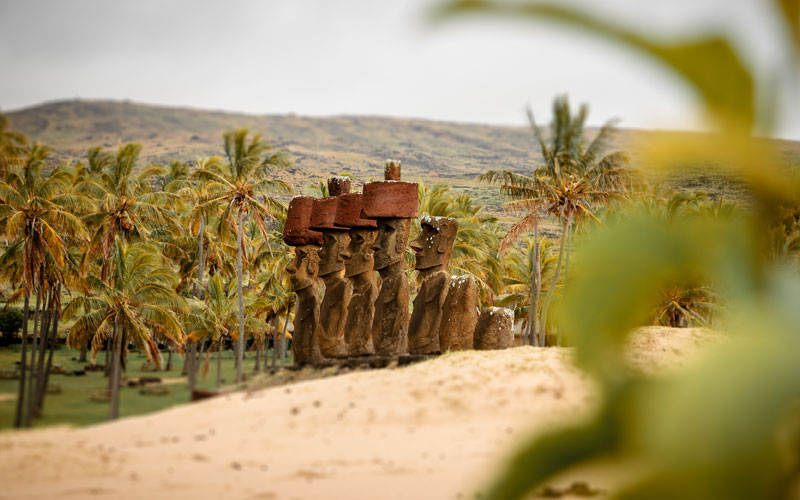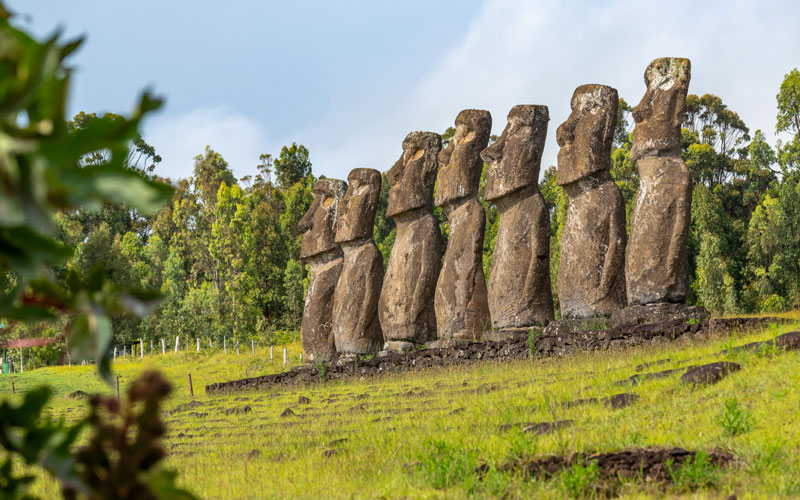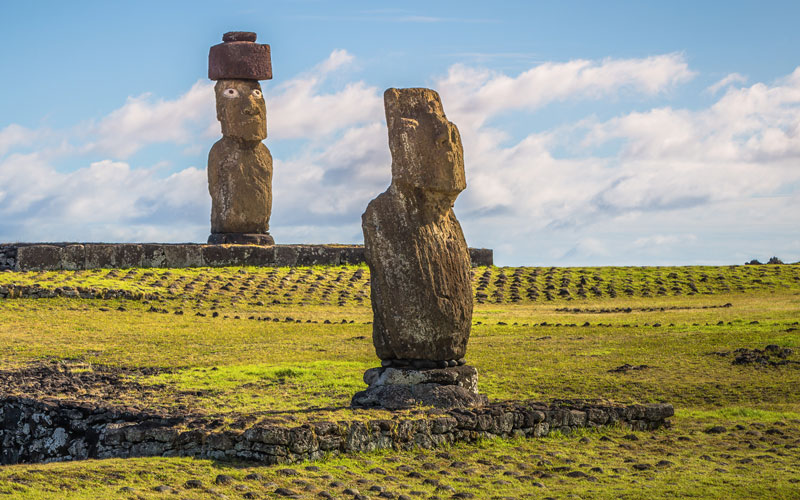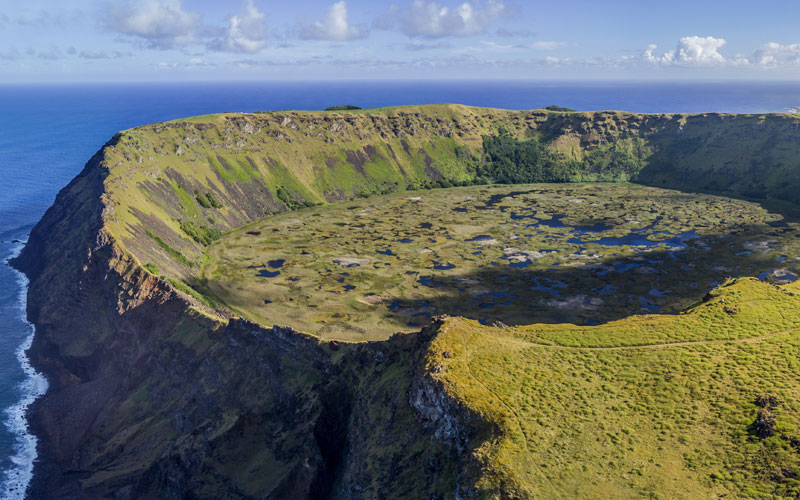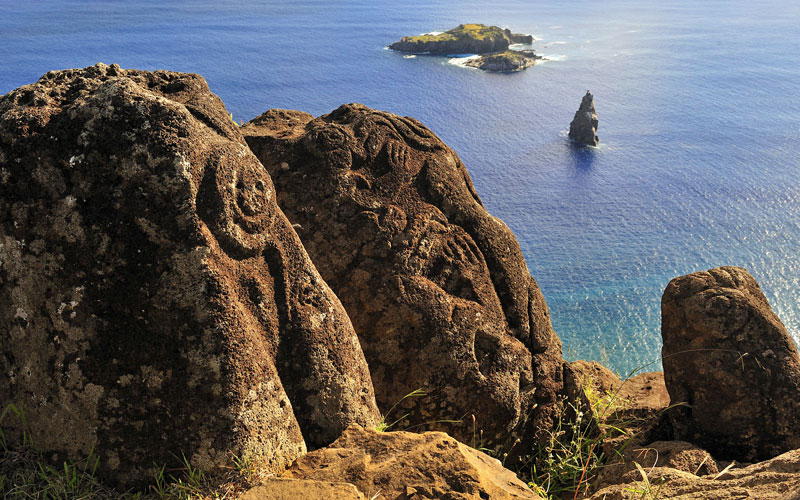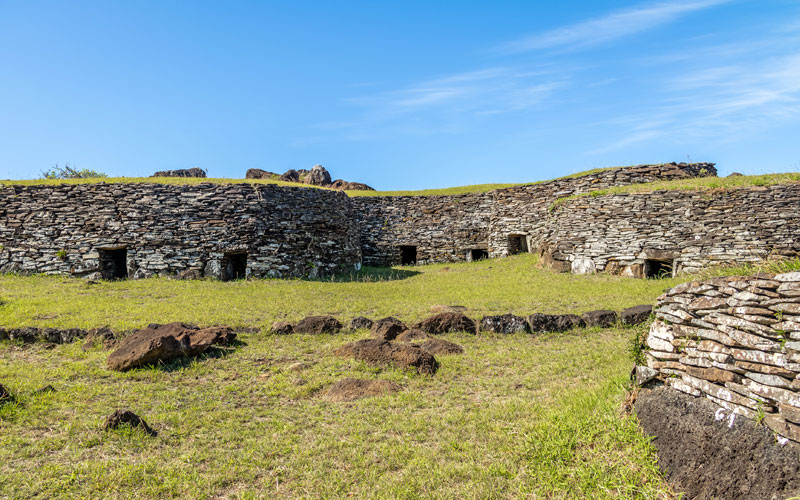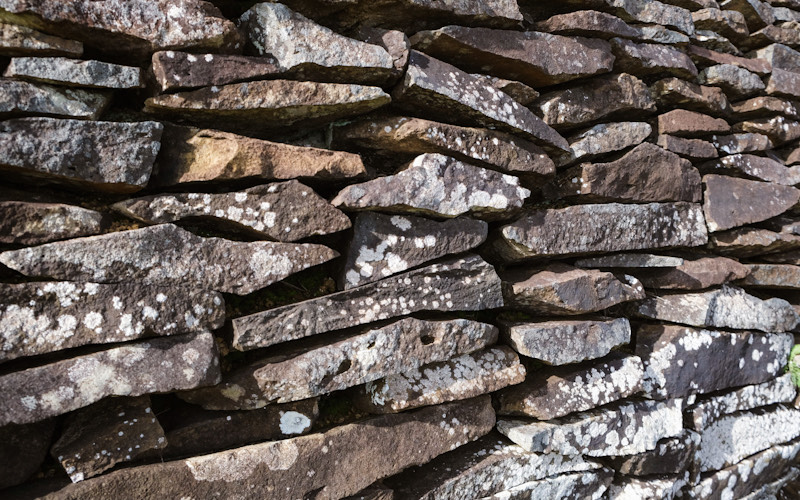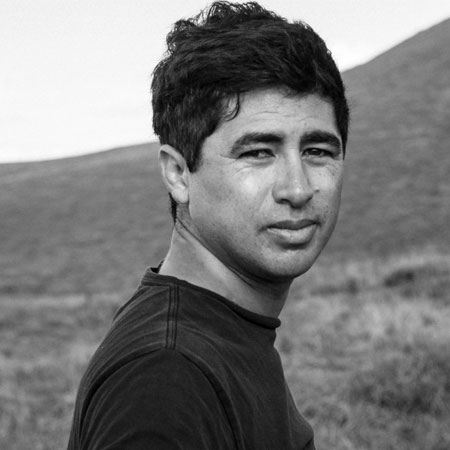Hotel pick up & drop off
Private transportation
Private tour guide (Bilingual Spanish/English)
Bottled water
Embark on a mesmerizing journey through Rapa Nui's "Royal Route" tour, and immerse yourself in the island's captivating cultural heritage. Discover the pristine beauty of Anakena's beach and awe-inspiring ancient ceremonial platform. Journey to the Te Pito Kura site and stand in awe of the largest moai statue, surrounded by mystical legends and the magnetic stone's fascinating powers.
Explore the Puna Pau volcanic quarry to learn about the intricacies of moai topknot carving and the Rapa Nui people's remarkable craftsmanship. Admire the majestic alignment of seven moai statues at Ahu Akivi, representing the seven explorers sent out to discover the island.
Experience the breathtaking Ahu Tahai, a picturesque location that radiates timeless spiritual energy. Journey to Rano Kau, where a magnificent volcanic crater surrounds a captivating lagoon offering a glimpse into Rapa Nui's stunning natural beauty.
Last but not least, discover the ancient Birdman cult and petroglyphs adorning the walls of Orongo's ceremonial village. Through these sacred sites and legends, immerse yourself in the island's rich history and traditions, experiencing the magic of Rapa Nui's enchanting heritage.
ANAKENA BEACH
Rapa Nui, Chile
Anakena Beach is revered as the historical and cultural cradle of Easter Island. Legend has it that the first king, Hotu Matu'a, landed here, establishing the initial settlement of Rapa Nui culture. Initially named Hanga Mori or One, it was later dubbed Anakena after a nearby cave. This beach evolved into a significant population center and a crucial site for the Miru tribe. Anakena boasts vital archaeological remains dating back to 1200 AD, including ceremonial centers, residential areas, and Ahus (ceremonial platforms). Notable among these are Ahu Ature Huki, featuring a single moai, and the impressive Ahu Nau Nau, adorned with seven finely detailed Moai. The latter, restored in 1978, is a remarkably preserved complex, as its Moai were protected from weathering by being buried in sand.
TE PITO KURA
Rapa Nui, Chile
Te Pito Kura is home to the impressive Paro moai, the largest statue ever erected on an Ahu. The Moai, standing at 10 meters tall and weighing over 80 tons, remains in the same position as it was left when it collapsed nearly two centuries ago. Its colossal pukao, about 2 meters high and 10 tons in weight, rests in front of it. Legend suggests it was commissioned by a widow in memory of her late husband and was one of the final statues to be toppled from its Ahu, around 1838. Nearby lies a unique stone, Te Pito Kura, with alleged magnetic and supernatural properties, believed to concentrate a mystical energy called mana.
PUNA PAU
Rapa Nui, Chile
Puna Pau, an extinct volcano, housed a crucial red slag quarry, the source of the iconic pukao - cylindrical topknots adorning the island's statues. The soft, reddish volcanic ash was easily carved and used for crafting small statues, water containers, ornamental blocks, and Moai eyes. This quarry, vital for the islanders, symbolized sacred rites and spiritual force. Intense extraction during the 14th-17th centuries produced the pukao and they were transported over a specially constructed path to ceremonial altars, some over 10 km away. Unlike Rano Raraku, Puna Pau was a secretive and revered site, hidden within the crater, adding to its mystique. Recent excavations revealed the original pukao transport path, shedding light on the monumental task of moving these massive headdresses across the challenging volcanic terrain.
AHU AKIVI
Rapa Nui, Chile
Ahu Akivi, is unique due to its location, astronomical orientation, and the restoration work that marked a milestone in the island's recent history. It is the most significant interior Ahu, associated with the powerful Miru clan, featuring seven carefully crafted Moai, indicative of political stability and economic abundance. The statues were transported 15 km from Rano Raraku quarry and are facing the sea, unlike others. The seven statues are thought to symbolize the island's first explorers or ancient Polynesian kings.
AHU TAHAI
Rapa Nui, Chile
The ceremonial complex of Tahai on Easter Island is a historically significant archaeological site. Occupied by the Marama and Miru clans, it served as a political and religious center. The restoration of the site by William Mulloy revealed that between 75 and 200 people lived there, utilizing nearby caves and rocky shelters as rooms. The most striking features are the three Ahu or ceremonial platforms. Additionally, a stone ramp between Ahu Vai Uri and Ahu Tahai is believed to have been used to lower fishing boats from the upper level to the shore, showcasing the practical ingenuity of the ancient inhabitants.
RANO KAU
Rapa Nui, Chile
Rano Kau with its almost circular crater forms one of Rapa Nui's most stunning natural landscapes. Spanning 1.5 kilometers, the crater houses the largest reserve of endemic flora on the island, while its lake served as a vital source of drinking water. Additionally, obsidian, found primarily in Maunga Orito and Maunga Te Manavai, was a valuable resource used for crafting various tools and artifacts. Rano Kau's serene ambiance, accompanied only by the sounds of wind and distant waves, makes it a must-visit destination.
ORONGO
Rapa Nui, Chile
Orongo was the location of the ancient ritual known as the Tangata Manu competition. This ritual, held in honor of the creator god Make Make, determined the Tangata Manu or Birdman of the season, granting the winner rights and privileges over rivals. The site's first constructions were built around 1400 AD, with houses specially constructed for the competition. The village's surroundings are adorned with over 1,700 petroglyphs, making it the place with the highest concentration of rock art on the entire island. The competition involved representatives from different clans descending the cliff, swimming to Motu Nui, and waiting for the arrival of seabirds to obtain the first Manutara egg, signifying the chosen Tangata Manu. This tradition emerged when the old political and religious order lost prestige, and opposing tribal groups competed for power.
Stops
7
Duration
Full Day
Group size
4
Difficulty
Easy

